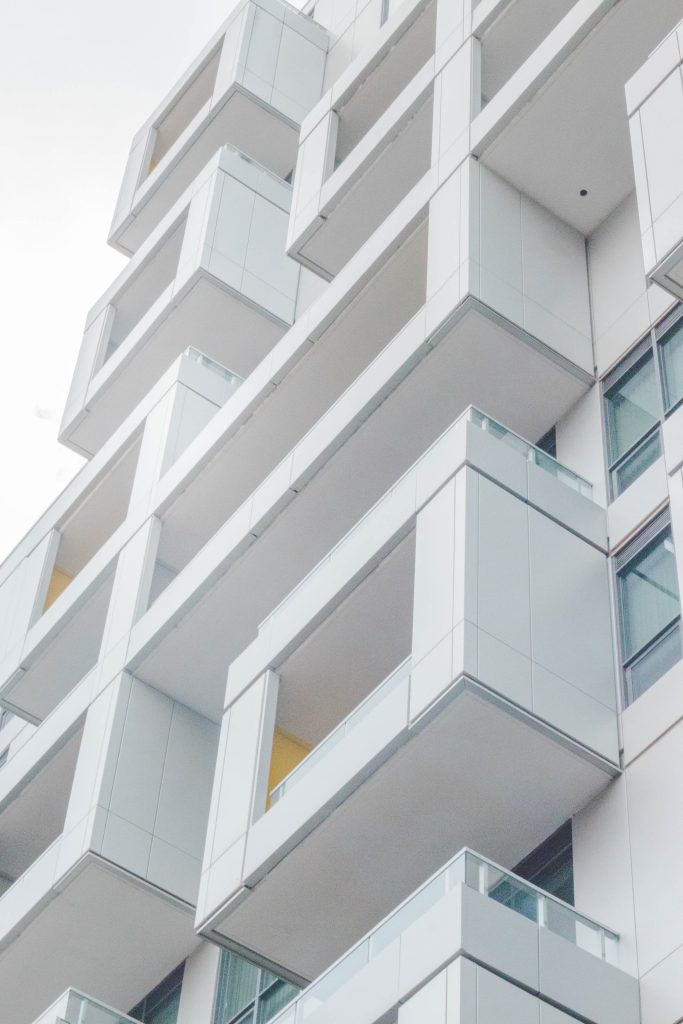
November 7, 2019 | condo
Real estate discussion around condos can get heated. It could be around maintenance fees, management companies or the sites and costs of future condos. Then there are the discussions around whether condos are for you. Some love them. Some could never live in them. Some will change their minds over the course of their lives. But this blog is not whether you should buy a condo or a house, but whether condos improve your neighbourhood. This, in turn, will lead us to in what kind of neighbourhood you should build a condo.
As far as Toronto is concerned, they don’t always get it right. So, before we can talk about how condos can improve a given neighbourhood, let’s go back in time to see where Toronto got it wrong. Where Toronto may have failed did not begin with the condo, but with the high rise rental. Across North America in the 1970s, there was a great will to create huge social housing towers. Governments helped fund these “urban renewal” projects. In a nutshell, governments were given permission to knock down low income neighbourhoods and replace them with high-rise social housing projects with no or little commercial opportunity on the main floor. In some suburbs, these areas developed into what became known as food desserts. Though social housing was and is very much needed, it was not “mixed” as it is in more contemporary condo projects. And that led to these tall, residential rental buildings falling into to disrepair and becoming poorly functioning communities.
Think Regent Park. It was rentals with little interaction between tenants. Nothing that brought anyone together, and a layout that discouraged people walking and interacting in the neighbourhood. Flash forward to now, and you have a mixed use neighbourhood with condos and social housing, plus many commercial options on the main floor from restaurants to grocery stores to banks to dry cleaners. You also have streets that go through the neighbhourhood, and a design that encourages meeting outside. Walkable, wide promenades and a community centre with a fantastic pool, soccer fields and a park.
But not all neighbourhoods have the Cinderella story of Regent Park. Some older condos from the 70s had the poor planning of the the high rise residential towers. They could be even taller than those residential buildings. And initially, these early condos were sold as a place where wealthy people live carefree with a concierge to take deliveries and tennis lessons offered on the courts. It was like you were living in a spa all year round, pampered and fussed over my the management. You could go swimming in your pool all year round and you didn’t even have to take care of it yourself. Of course with all those perks came higher fees. Don’t get me wrong. Not all older condos took this path. Some have become amazing places to purchase, like 40 Homewood. Some have expensive maintenance fees to cover all of the amenities older condos have, plus the costs associated with older condos like the money needed to improve lobbies ,elevators and windows that are 30 plus years old.
Another place where condos have failed is largely in suburban areas where condos were built for people who drive cars in areas where no people lived before. Again, little attention was given to common spaces or how people interact. Also, when you have boring developers who don’t take a chance, you have boring commercial tenancies in the main floor that take away from making a neighbourhood distinct. You can only have so many Shopper’s Drug Marts in one city. Some condo neighbourhoods that were built all at the same time and have the same tenants as everywhere across Canada come across as unremarkable at best. There is no anchor for a community centre or decent park or design that encourages interaction. You have a high density area that people live in but don’t socialize in.
In many ways, Jane Jacobs was right. “For a neighbourhood to really work you need four generators of diversity. Mixed use (commercial and residential), active streets at different times of the day, short blocks to allow for more pedestrian traffic, buildings of various ages and state of repair and density. In some of these less functioning condo neighbourhoods, they just have density, and that’s it.
Now, let’s look at where condos do improve a neighbourhood, and where you should consider buying. With many new developments, the neighbourhood’s success is found in the residents’ participation. So, if a condo comes to a pre-existing community like Roncesvalles, or Leslieville or the Junction, it has a pretty good chance of success. Not only do the building codes limit the height and allow for developers only to build condos that fit the scale their neighbourhoods, but there is usually a neighbourhood groups that carefully monitoring a condo’s development. Most new buildings in existing neighbourhoods with low density housing can only have midrise buildings. Does that mean tall buildings are a bad idea? No. As long as there is a community that is built with commercial buildings and distinct businesses, outdoor communal spaces and places for locals to gather, like a park or a community centre, then you’re in good shape.
There are even condo developments that are planned in undervalued neighbourhoods that encourage business and improvement in a given area. Currently, I can take Old Weston Road and St. Clair where there is very little along that strip of St Clair. There’s a Cash Money, several empty lots, a “Jesus Saves” church, a bingo hall and many automotive centres. I want to emphasize the empty lots here, because that specifically discourages new business, and makes it tougher for existing businesses to thrive. I don’t want to paint too bad a picture here. There are many restaurants that have been here for awhile and a few new ones. A new Indie Coffee shop, great Brazilian and Jamaican food. A new Italian restaurant. What’s bringing in the new businesses? Well, in part it has to do with those who live in the houses nearby, but also because of three condos coming in a two block radius. There’s Scoop condos. And the soon the be constructed Scout Condos and Reunion Condos. In a few years, this area will be transformed. Way more human density to support local businesses, the St. Clair streetcare line that can bring you downtown, and the Eglinton Crosstown to the north. It not only helps property values of the condos going up, but it helps with property values of the houses nearby.
Condos can also bring success to already thriving neighbourhoods by gently bringing in more density in underutilized lands. Take the condo proposal at the old Lowblaws/Zellers parking lot south of the Dundas West and Bloor subway lines. You have a huge piece of land in a high demand area next to an existing subway line and the UP Express. It’s a great location to be. Yes, some of these building will be tall, but there is currently proposed to be a lot of commercial space, community involvement, a new and improved school, and a whole lot of park land.
Other low density malls or plazas that look promising for condo improvement include the project at Galleria Mall at Dupont and Dufferin. Here we have a mall with a lot of parking space is a semi-industrial area, ripe for some better use. It won’t always be perfect. Developers will suggest something too large or dense for a given neighbourhood. Local residents may prefer to do something else with the space. It is important to take lessons learned from the past, including respecting the existing neighbourhood character. Developers should create a design that promotes interactions with neighbours inside and on the street where people from different age groups and backgrounds engage with one another on the street as the pick up their morning coffee or relax on a sunny day on a bench or walk to work. Developers should add to the neighbourhood – maybe a community centre. Maybe a real park.
Some condos may not make a huge difference to a given area. If the density is already high, a new condo will barely be noticed. It’s in the areas that are low density or are emerging as a neighbourhood that are really going to improve a neighbourhood. Condos won’t always improve neighbourhoods, but they sure can when done right. The trick is to know where condos are going or have already made a positive impact on a given area.

